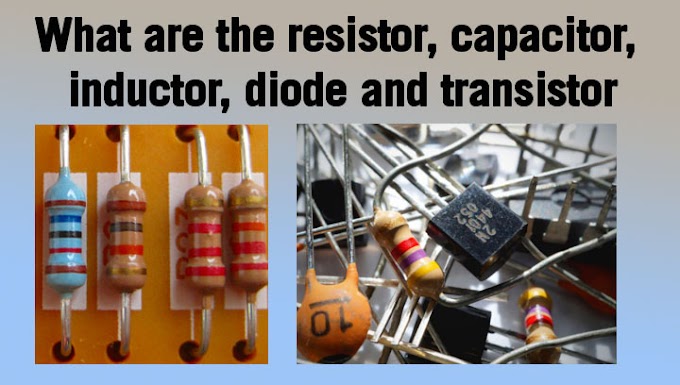An electric current is a flow of charged particles, such as electrons or ions, moving through an electrical conductor or space. It is defined as the net rate of flow of electric charge through a surface. The moving particles are called charge carriers, which may be one of several types of particles, depending on the conductor. In electric circuits, the charge carriers are often electrons moving through a wire. In semiconductors, they can be electrons or holes. In an electrolyte, the charge carriers are ions, while in plasma, an ionized gas, they are ions and electrons.
In the International System of Units (SI), electric current is expressed in units of an ampere (sometimes called an "amp", symbol A), which is equivalent to one coulomb per second. The ampere is an SI base unit and electric current is a base quantity in the International System of Quantities Electric current is also known as amperage and is measured using a device called an ammeter.
Electric currents create magnetic fields, which are used in motors, generators, inductors, and transformers. In ordinary conductors, they cause Joule heating, which creates light in incandescent light bulbs. Time-varying currents emit electromagnetic waves, which are used in telecommunications to broadcast information.
What is current and its unit?
Current is a flow of electrical charge carriers, usually electrons or electron-deficient atoms. The common symbol for current is the uppercase letter I. The standard unit is the ampere, symbolized by A.
Ohm's Law Electric Current
Putting these into words Ohm's Law states that: Voltage equals resistance multiplied by current. Resistance equals voltage divided by current. Current equals voltage divided by resistance.
Ohm's law states that the current through a conductor between two points is directly proportional to the potential difference across the two points. Introducing the constant of proportionality, the resistance, one arrives at the usual mathematical equation that describes this relationship
V=I/R
where I is the current through the conductor in units of amperes, V is the potential difference measured across the conductor in units of volts, and R is the resistance of the conductor in units of ohms. More specifically, Ohm's law states that the R in this relation is constant, independent of the current.
Electric current can be calculated using the electric current formula: I=V/R. This equation is also known as the "current equation" and it is derived from Ohm's Law. The variable "I" stands for current, while "V" stands for voltage, and "R" stands for resistance.
Alternating and Direct Current

In alternating current (AC) systems, the movement of electric charge periodically reverses direction. AC is the form of electric power most commonly delivered to businesses and residences. The usual waveform of an AC power circuit is a sine wave, though certain applications use alternative waveforms, such as triangular or square waves. Audio and radio signals carried on electrical wires are also examples of alternating current. An important goal in these applications is the recovery of information encoded (or modulated) onto the AC signal.
In contrast, direct current (DC) refers to a system in which the movement of electric charge in only one direction (sometimes called unidirectional flow). Direct current is produced by sources such as batteries, thermocouples, solar cells, and commutator-type electric machines of the dynamo type. Alternating current can also be converted to direct current through the use of a rectifier. Direct current may flow in a conductor such as a wire, but can also flow through semiconductors, insulators, or even through a vacuum as in electron or ion beams. An old name for direct current was galvanic current.
What is current and voltage?
Definition: Voltage is the measure of electric potential energy per unit charge, while current is the flow of electric charge through a circuit. Units: Voltage is measured in volts, while current is measured in amperes.
Measurement Electric Current
Current can be measured using an Ammeter.
Electric current can be directly measured with a galvanometer, but this method involves breaking the electrical circuit, which is sometimes inconvenient.
Current can also be measured without breaking the circuit by detecting the magnetic field associated with the current. Devices, at the circuit level, use various techniques to measure current:
- Shunt resistors
- Hall effect current sensor transducers
- Transformers (however DC cannot be measured)
- Magnetoresistive field sensors
- Rogowski coils
- Current clamps
What is current in a circuit?
Electric current refers to the flow of electricity in an electronic circuit, and to the amount of electricity flowing through a circuit. It is measured in amperes (A). The larger the value in amperes, the more electricity is flowing in the circuit.
What is 1 ampere?
Ampere (denoted by A or amp ) is the S.I. unit of current which is defined as the rate of flow of charges. i.e. Current charge/Time; 1Ampere of current means 1 column of charge flowing through a conductor in 1 Second.










